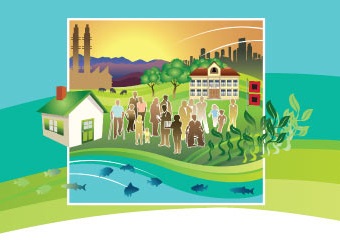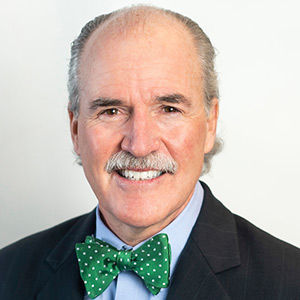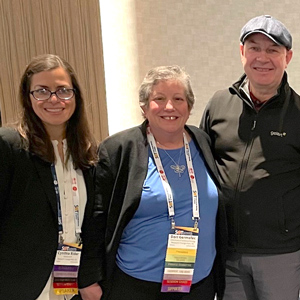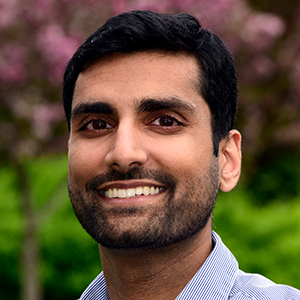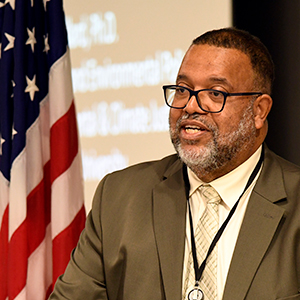 Bullard is a distinguished professor of urban planning and environmental policy at Texas Southern University. (Photo courtesy of Robert Bullard)
Bullard is a distinguished professor of urban planning and environmental policy at Texas Southern University. (Photo courtesy of Robert Bullard)Climate change and related weather disasters are ongoing threats to health equity in underprivileged communities, according to Robert Bullard, Ph.D., from Texas Southern University.
He was the featured speaker in the fourth installment of the National Institutes of Health (NIH) Climate Change and Health Seminar Series, held Feb. 9. The National Institute on Minority Health and Health Disparities (NIMHD) hosted the event. Bullard is an NIEHS and NIMHD grant recipient.
Climate change and health
The seminar series was developed through the NIH-wide Climate Change and Health Initiative.
- That initiative aims to reduce health threats from climate change across the lifespan and build health resilience in individuals and communities, especially among those at highest risk.
- It is led by NIEHS and National Toxicology Program Director Rick Woychik, Ph.D., and six other NIH institute and center directors, including NIMHD Director Eliseo J. Pérez-Stable, M.D.
- “This monthly seminar series is one of the initiative’s efforts to raise awareness and build interest in climate change and health research(https://tools.niehs.nih.gov/cchhl/) to better understand why this health threat disproportionately affects populations with health disparities,” said Pérez-Stable.
 “Climate change and health are important issues for our institute,” said Pérez-Stable during his opening remarks. (Photo courtesy of NIMHD)
“Climate change and health are important issues for our institute,” said Pérez-Stable during his opening remarks. (Photo courtesy of NIMHD)Geographic inequality
Zip code is a predictor of health and well-being, Bullard said.
- Climate-related disasters are occurring with more frequency and strength, and they are increasingly costly. As such, climate change widens health inequity and vulnerability in underprivileged and under-resourced communities, he noted.
- According to Bullard, the burden of climate change falls disproportionately on communities of color, who often are least able to prepare for and recover from heatwaves, poor air quality, flooding, and other climate-related issues.
- “People of color — who have contributed least to climate change and the climate crisis — feel the pain first, worst, and longest,” he noted, adding that response to climate-related disasters should be more equitable and just.
Mental and physical health
“The climate crisis is a health issue, a physical issue, and a mental health issue,” said Bullard.
- The American Public Health Association estimates that 25%-50% of individuals exposed to extreme weather disasters are at risk of adverse mental health effects, and half of adults and 45% of children suffer depression after these major events.
- Today, 74% of people of color live in nature-deprived areas, and climate change will only heighten the problem, according to Bullard. Ensuring that there are more trees and green space can enhance air quality, physical health, and mental health, he noted.
- “Trees don’t discriminate, of course, but rich Americans nevertheless enjoy almost 50% more greenery in their environment compared to low-income communities,” Bullard said.
Working toward equity
Bullard — a member of the White House Environmental Justice Advisory Committee — discussed programs and strategies that will help communities vulnerable to climate change.
- The Justice40 Initiative was established by President Joe Biden in 2021 to ensure that 40% of overall benefits from federal investments in climate and clean energy go to disadvantaged communities. Priorities include flood mitigation, drinking water quality, reduction of home lead hazards, rural energy, and other environmental health and justice programs.
- “Health equity can be a lens through which we examine these issues,” said Bullard. Health equity is one of the four core elements of the strategic framework for the Climate Change and Health Initiative (see sidebar).
- Bullard recommended communities scale up efforts that have worked in the past. One example he offered is a partnership that Beverly Wright, Ph.D., from the Deep South Center for Environmental Justice, developed with the NIEHS Worker Training Program. Together, they train and certify workers to respond to environmental emergencies and work toward remediation and restoration in vulnerable communities. The program also creates employment opportunities.
The NIH Climate Change and Health Webinar Series presentations are available for viewing.
(Jennifer Harker, Ph.D., is a technical writer-editor in the NIEHS Office of Communications and Public Liaison.)





